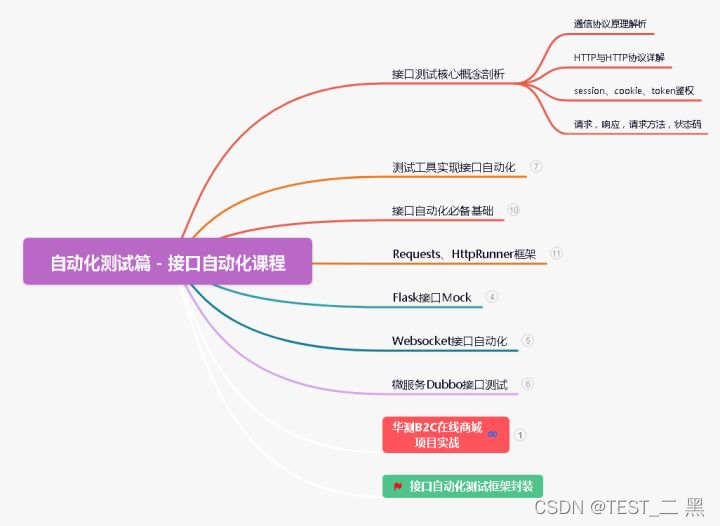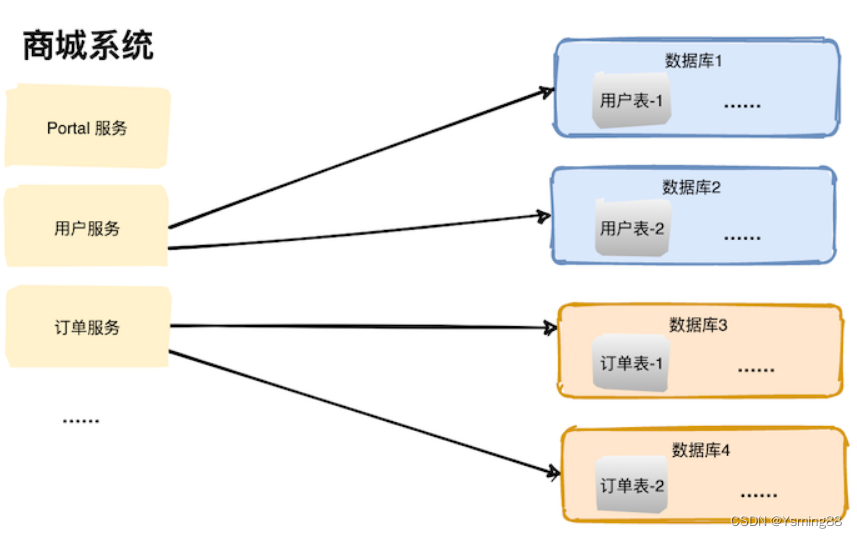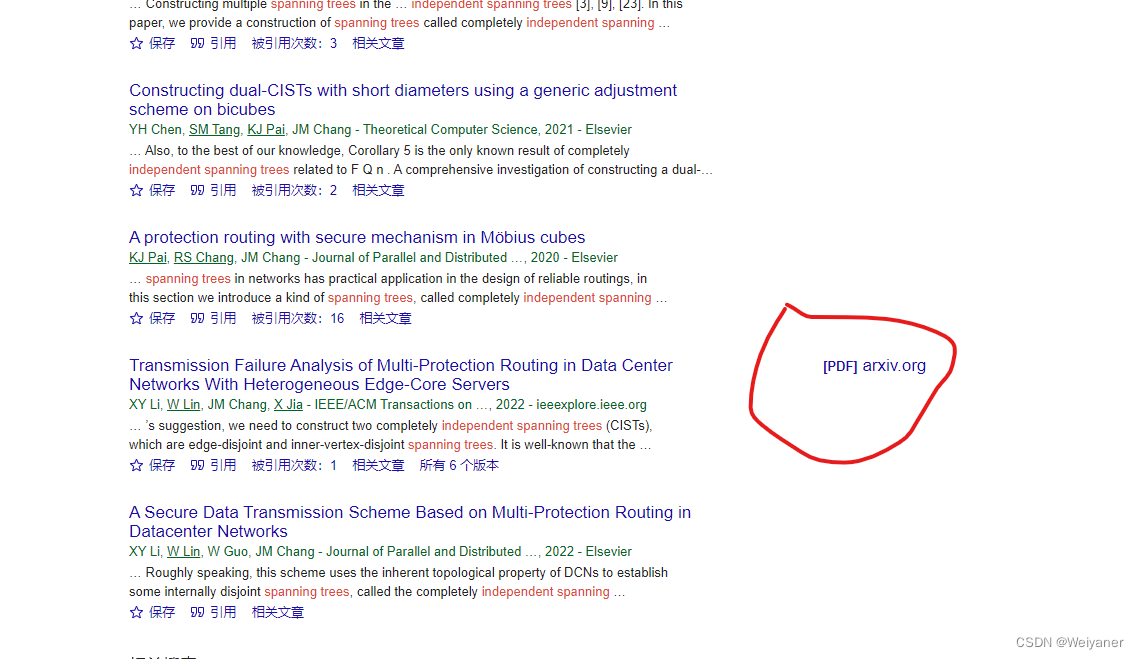当前位置:网站首页>Speed up your programs with bitwise operations
Speed up your programs with bitwise operations
2022-08-02 02:00:00 【crossoverJie】
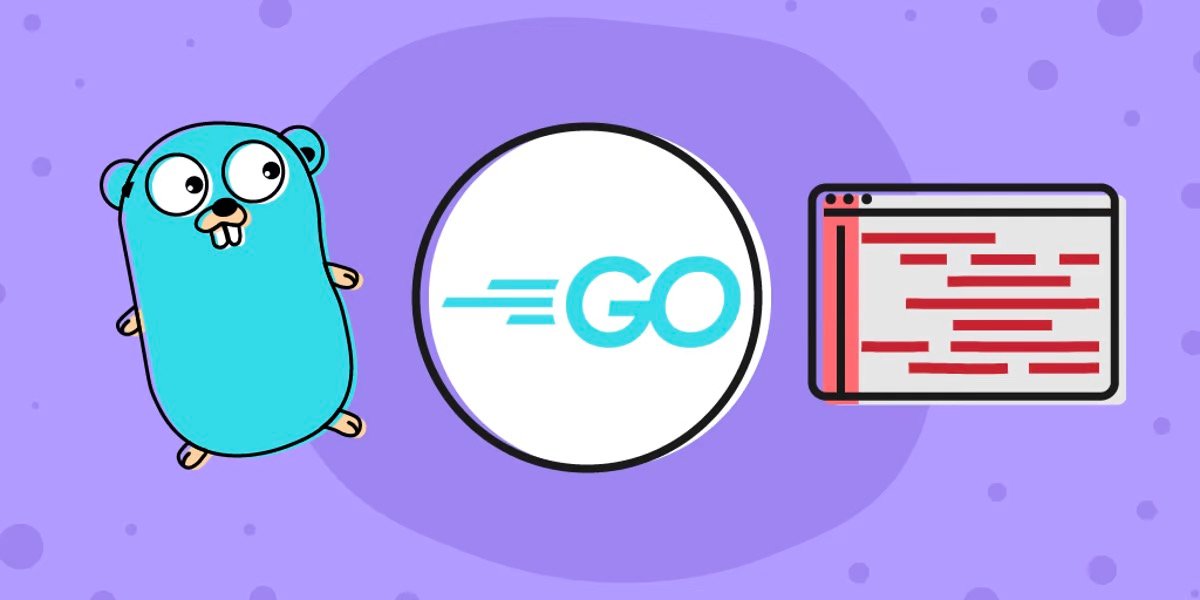
Foreword
The JSON parsing library xjson, which was recently written before continuous optimization, is mainly optimized in two aspects.
The first is to support outputting a JSONObject object as a JSON string.
In the previous version, the data was printed using the built-in Print function:
func TestJson4(t *testing.T) { str := `{"people":{"name":{"first":"bob"}}}` first:= xjson.Get(str, "people.name.first") assert.Equal(t, first.String(), "bob") get := xjson.Get(str, "people") fmt.Println(get.String()) //assert.Equal(t, get.String(),`{"name":{"first":"bob"}}`)}Output:
map[name:map[first:bob]]After this optimization, the JSON string can be output directly:

The implementation process is also very simple, just need to recursively traverse the data in the object, and then splicing strings, the core code is as follows:
func (r Result) String() string { switch r.Token { case String: return fmt.Sprint(r.object) case Bool: return fmt.Sprint(r.object) case Number: i, _ := strconv.Atoi(fmt.Sprint(r.object)) return fmt.Sprintf("%d", i) case Float: i, _ := strconv.ParseFloat(fmt.Sprint(r.object), 64) return fmt.Sprintf("%f", i) case JSONObject: return object2JSONString(r.object) case ArrayObject: return object2JSONString(r.Array()) default: return "" }}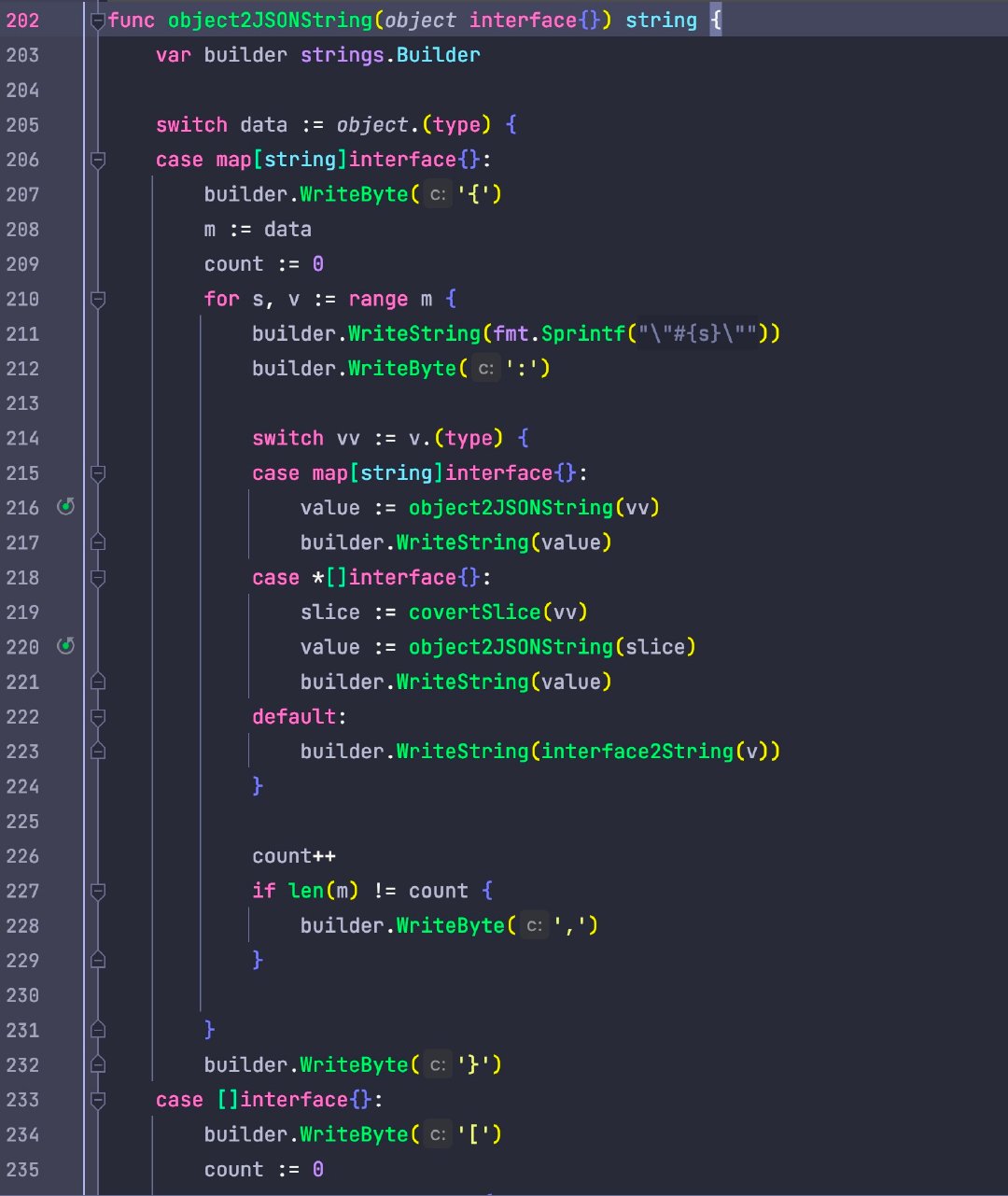
Optimize with bitwise operations
The second optimization is mainly to improve performance. When querying a complex JSON data, the performance is improved by about 16%.
# BenchmarkDecode-12 before optimization 90013 66905 ns/op 42512 B/op 1446 allocs/op# BenchmarkDecode-12 after optimization 104746 59766 ns/op 37749 B/op 1141 allocs/opHere are some important changes:
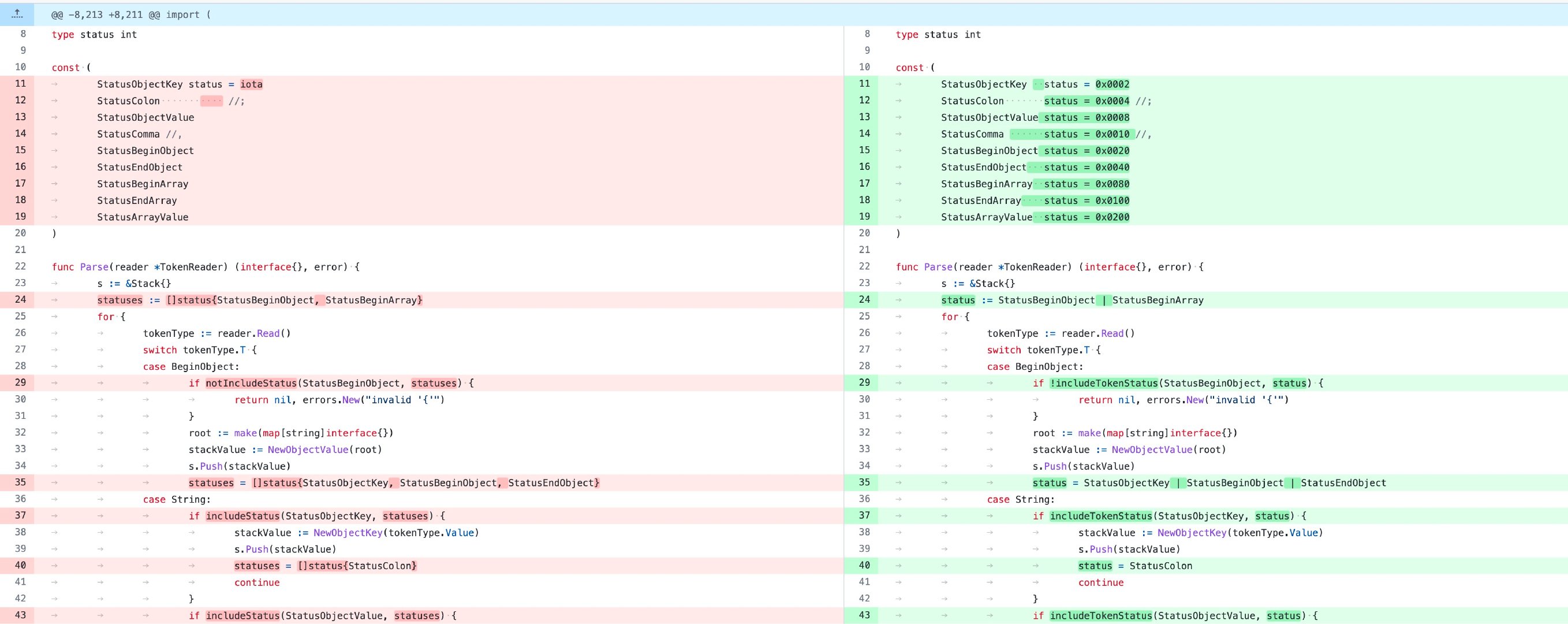
There will be a finite state machine state transition process during JSON parsing, and there may be multiple states during the transition.
For example, the currently parsed token value is {, then its next token may be ObjectKey:"name", or BeginObject:{, of course it may also be EndObject:}, so before optimization, I store all the states in a collection. During the parsing process, if I find that the state does not meet the expectationsA syntax exception error will be thrown.

So before optimization, we traverse this set to make judgments. This time complexity is O(N), but when we switch to bit operations, it is different, and the time complexity is directlyIt becomes O(1), while saving the storage space of a slice.
Let's simply analyze why this bit operation achieves the same effect of judging whether a data is in a set.
Take these two states as an example:
StatusObjectKey status = 0x0002 StatusColon status = 0x0004The corresponding binary data are:
StatusObjectKey status = 0x0002 //0010 StatusColon status = 0x0004 //0100When we perform the | operation on these two data, the data obtained is 0110:
A:0010B:0100C:0110At this time, if we use these two original data and C:0110 to do the & operation, it will be restored to the two data just now.
// input:A:0010C:0110// output:A:0010----------// input:B:0100C:0110//output:B:0100But when we change a D and C to find &:
D: 1000 // 0x0008 corresponds to binary 1000C: 0110D':0000will get a 0 value, as long as the data obtained is greater than 0, we can judge whether a data is in the given set.
> Of course, there is a precondition here that the high bit of the data we input is always 1, which is a power of 2.
The same optimization is used when parsing query syntax:

Other strange tricks
Of course, there are some other tricks for bit operations, such as judging odd and even numbers:
// even a & 1 == 0// odd a & 1 == 1Multiplication and division, right shift 1 bit is divided by 2, left shift is multiplied by 2.
x := 2fmt.Println(x>>1) //1fmt.Println(x<<1) //4Summary
Bit operations not only improve program performance but also reduce code readability, so we have to choose whether to use it or not;
It is recommended to use some low-level libraries and framework codes that have the ultimate pursuit of performance. However, it is not necessary to use bit operations to add, subtract, multiply and divide data in business code, which will only make subsequent maintainers look confused..
Related code: https://github.com/crossoverJie/xjson
边栏推荐
- Day115.尚医通:后台用户管理:用户锁定解锁、详情、认证列表审批
- 6-24漏洞利用-vnc密码破解
- "Introduction to Natural Language Processing Practice" Question Answering Robot Based on Knowledge Graph
- 有效进行自动化测试,这几个软件测试工具一定要收藏好!!!
- Redis 持久化 - RDB 与 AOF
- Yunhe Enmo: Let the value of the commercial database era continue to prosper in the openGauss ecosystem
- "NetEase Internship" Weekly Diary (2)
- 数据链路层的数据传输
- 6-24 exploit-vnc password cracking
- typescript37-class的构造函数实例方法继承(extends)
猜你喜欢
随机推荐
Huawei's 5-year female test engineer resigns: what a painful realization...
Rust P2P Network Application Combat-1 P2P Network Core Concepts and Ping Program
YGG 公会发展计划第 1 季总结
编码经验之谈
Understand the big model in seconds | 3 steps to get AI to write a summary
数据链路层的数据传输
Golang分布式应用之定时任务
手写一个博客平台~第一天
typeof in typescript32-ts
YGG Guild Development Plan Season 1 Summary
大话西游无法登陆解决
搜罗汇总的效应
Named parameter implementation of JDBC PreparedStatement
喜报 | AR 开启纺织产业新模式,ALVA Systems 再获殊荣!
制造企业数字化转型现状分析
typescript37-class的构造函数实例方法继承(extends)
The ultra-large-scale industrial practical semantic segmentation dataset PSSL and pre-training model are open source!
Day116.尚医通:预约挂号详情 ※
Win Go开发包安装配置、GoLand配置
"NetEase Internship" Weekly Diary (3)
